Ali Zafar's ‘Laila o Laila’: A lowbrow song for the high and mighty
The rockstar gave the 12-year-old girl a chance, but that didn't save the song from sinking like Sohni’s clay-pot
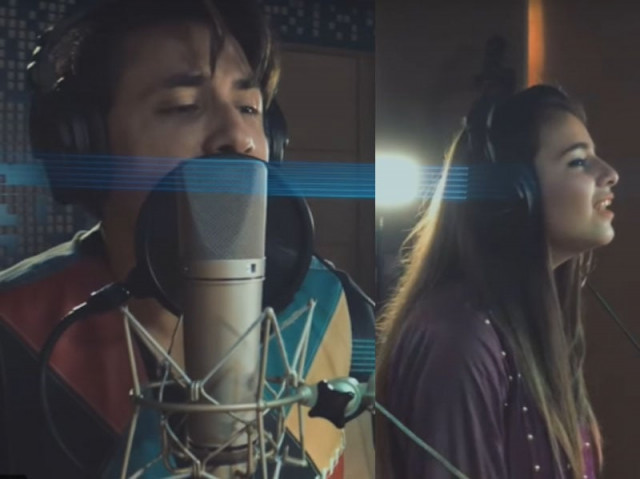
Ali Zafar's ‘Laila o Laila’: A lowbrow song for the high and mighty
Urooj shared her excitement on twitter, thanking her inspiration for having performed with her.
https://twitter.com/UroojFatima88/status/1181998222308495360
While Zafar also shared a BTS of the song before its release, addressing that it will mark the young talent's debut.
Today marks the debut of a very talented young singer. The 12 year old @UroojFatima88 from the beautiful Balochistan. Watch this to understand that boy or girl, why you should always follow your heart and dreams ❤️. #LailaOLaila #bts #Lightingalestudios #Balochistan #Folk pic.twitter.com/anZ8dsG4ET
— Ali Zafar (@AliZafarsays) October 11, 2019
In their rendition, Zafar turns the folk anthem into a peppy pop number, stealing all the ethnic elements and leaving behind an empty vessel that sinks sooner than Sohni’s clay-pot. Yes, it is a really catchy song, but that is the magic of the folk swing and not this particular take on it.
The audio sounds like a highly-processed take out of the MIDI keyboard, with the exception of the flute in the beginning and the Rubab kicking in half way. Since Zafar's forte is a mid-to-high vocal range, it's not hard to tell that the scale suit’s the girl's range more than his own.
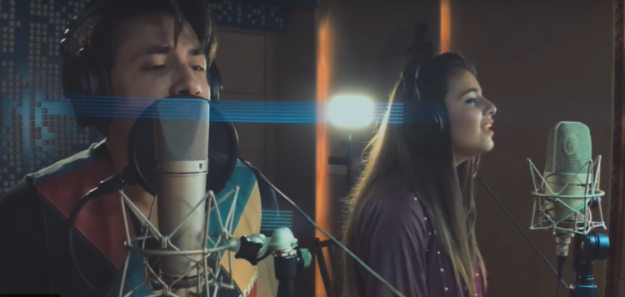
The audio production seems like a rushed, pre-digested snack for an audience that thrives on folk melodies, case in point Folk Studio. The audio barely synchronises with the video of the performance; it even lacks the mystic folk soul that on any given day, can teleport you to the rugged landscape of the province.
However, the performance of the singers begins in the studio and ends in the studio, quite literally. While the beauty shots of Quetta and the province at large don’t really help the cause of the song, but stand tall on their own.
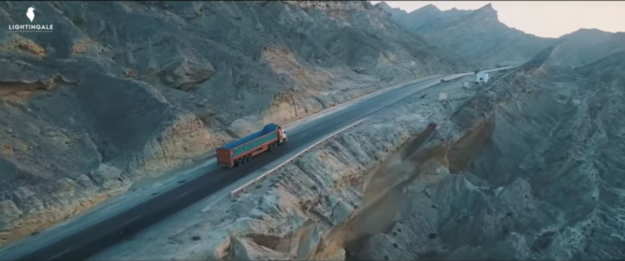
The visuals are full of grand and mesmerising shots of the province and the Quetta valley. You also get a slice of life’s element as you see young girls in uniforms, going about their daily life juxtaposed with glorious mountains.
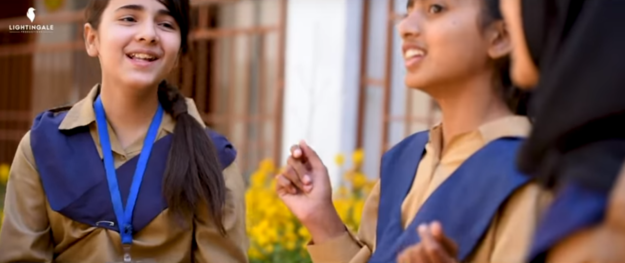
Laila O Laila was brought to the mainstream by Faiz Mohammad Baloch who performed the song on his Damboora for state television. Various versions followed after that. The song once again came under the limelight when the popular Iranian-Baloch singer Rostam MirLashari sang it in Coke Studio 6 along with Swede musicians.
Have something to add to the story? Share in the comments below.



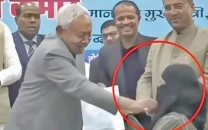















COMMENTS
Comments are moderated and generally will be posted if they are on-topic and not abusive.
For more information, please see our Comments FAQ